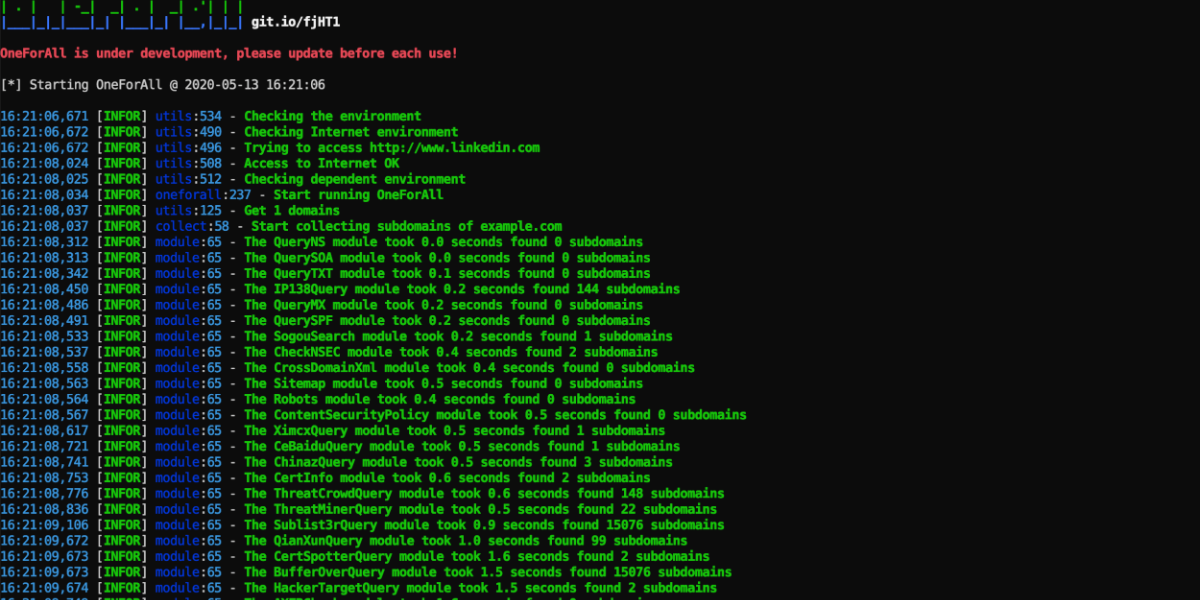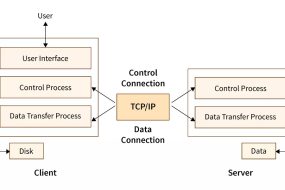
In today’s digital landscape, where online presence is paramount, efficiently managing domain configurations is crucial. As businesses expand their online footprint, the need for scalable and automated domain management solutions becomes evident. Enter the era of next-generation domain management, where automation revolutionizes the way we configure subdomains. In this comprehensive guide, we delve into the intricacies of leveraging automation for configuring subdomains, empowering businesses to streamline their online presence effectively.
Understanding the Importance of Subdomains
Subdomains play a pivotal role in organizing and structuring a website’s content. By creating distinct subdomains, businesses can categorize their offerings, target specific audiences, and enhance user experience. Whether it’s setting up regional subdomains for localized content or creating subdomains for different product lines, the versatility of subdomains offers endless possibilities.
Evolution of Domain Management Tools
Traditionally, configuring subdomains involved manual intervention, consuming valuable time and resources. However, with the evolution of domain management tools, businesses now have access to automation capabilities that streamline the entire process. From DNS management platforms to web hosting control panels, modern solutions offer intuitive interfaces and robust automation features, simplifying subdomain configuration tasks.
Leveraging Automation for Subdomain Configuration
Dynamic Subdomain Creation
Embracing automation allows businesses to dynamically create subdomains based on predefined rules and parameters. By integrating automation scripts with DNS management systems, organizations can automatically generate subdomains as needed, eliminating the manual intervention required for each new subdomain setup.
Templated Subdomain Configuration
Automation empowers businesses to create templated configurations for subdomains, ensuring consistency and efficiency across the board. By defining standardized templates for various types of subdomains, organizations can expedite the configuration process while maintaining uniformity in settings such as SSL certificates, security protocols, and access permissions.
Seamless Integration with Content Management Systems (CMS)
Integrating domain management automation with popular CMS platforms like WordPress, Joomla, or Drupal enhances workflow efficiency. By automating subdomain creation and configuration directly from the CMS interface, content creators and web administrators can streamline their tasks, focusing more on content creation and less on technical setup.
Real-time Monitoring and Updates
Automation enables real-time monitoring of subdomains, ensuring optimal performance and security. By implementing automated monitoring scripts, businesses can track subdomain activity, detect anomalies, and apply updates or security patches proactively, minimizing downtime and mitigating potential risks.
The Future of Domain Management: AI-Powered Automation
Looking ahead, the integration of artificial intelligence (AI) into domain management automation promises even greater efficiency and customization. AI algorithms can analyze website data, user behavior, and market trends to optimize subdomain configurations dynamically. By harnessing the power of AI-driven insights, businesses can stay ahead of the curve in managing their online presence effectively.
Final Words
In the ever-evolving digital landscape, efficient domain management is essential for maintaining a strong online presence. By leveraging automation for configuring subdomains, businesses can streamline operations, enhance user experience, and stay competitive in today’s dynamic marketplace. Embrace the power of automation, and unlock new possibilities in domain management for a brighter digital future.
Commonly Asked Questions
1. How can automation benefit subdomain configuration?
Automation streamlines the process of creating and managing subdomains, saving time and resources while ensuring consistency and scalability.
2. What role does AI play in future domain management?
AI-powered automation offers advanced insights and customization options, allowing businesses to optimize subdomain configurations based on real-time data and market trends.
3. Are there any risks associated with automated domain management?
While automation offers numerous benefits, businesses should ensure proper security measures are in place to mitigate potential risks such as unauthorized access or data breaches.
4. Can I integrate automation with my existing domain management tools?
Yes, most modern domain management platforms offer APIs or integration options for seamless automation implementation, allowing businesses to enhance their workflow efficiency.
5. How can I get started with automation for subdomain configuration?
Begin by assessing your current domain management processes and identifying areas where automation can add value. Explore available automation tools and consult with experts to devise a strategy tailored to your business needs.
Advertisement








